Driving Solar Adoption in Energy-Intensive Industries_ Trinasolar's Expertise
- 24/11/15
- Energy Storage
Amid the ongoing energy crisis, the International Energy Agency (IEA) projects a 3.4% increase in energy rates through 2026, placing mounting financial pressure on organizations in energy-intensive industries. To address this challenge, renewable energy, particularly solar energy, is becoming an attractive solution for businesses aiming to reduce costs and enhance environmental sustainability.
As a business owner, you may wonder if the advantages of implementing solar energy justify the investment. Let's explore how organizations in energy-intensive industries are saving on operational costs, lowering their carbon footprint, and enhancing their ESG compliance with solar solutions.
Weaving a Sustainable Future in the Textile Industry with Solar PV
The textile sector is among the top energy consumers globally, using up to one trillion kWh annually. In Bangladesh, the second-largest textile exporter, rising energy prices have pushed production costs up by 40% in just two years. Similarly, Pakistan's textile industry faces shutdown risks due to escalating energy expenses.
Solar energy offers a sustainable and cost-effective solution. Beyond lowering energy costs, solar PV provides competitive advantages, boosting both profitability and reputation. A prime example is Pakistan's Sapphire Group, which installed Trinasolar's modules to meet over 90% of its electricity needs. The 75 kW installation not only slashed energy bills but also reduced the Group's annual carbon footprint by 38.5 tons. Additionally, selling surplus electricity to the grid provided the company with an additional revenue stream.
By adopting solar, textile manufacturers align with the growing market demand for sustainability and position themselves as industry leaders advocating for greener practices.

Solar powering the operations of Pakistan's Sapphire Group, a major player in the textile industry (Image credits: Sapphire Group).
Cutting Costs and Emissions: Taking Flight with Solar: Solar PV Panels in Retail and Commercial Buildings
Retailers and commercial building operators often face high energy costs, particularly from Heating Ventilation and Air Conditioning (HVAC) systems. Seasonal price spikes during extreme weather further compound these costs. However, solar PV installations can help mitigate these expenses.
For example, a commercial building in Auckland, New Zealand, fitted with Trinasolar's solar modules, generates 145,000 kWh annually. The 100.4 kW installation reduces carbon emissions by 25.8 tons and saves approximately USD 19,500 in electricity expenses each year. Notably, this large solar array was installed with minimal disruption, showcasing that solar adoption is feasible even in densely populated urban areas.
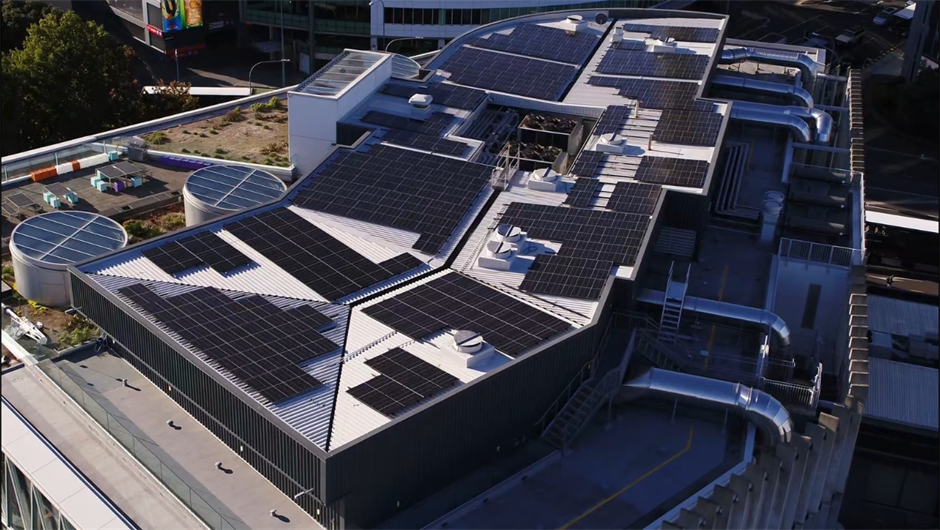
Solar modules power a sustainable commercial building in the Central Business District in Auckland, New Zealand (Image credits: Future Energy New Zealand).
Healing the World with Solar PV in Healthcare
Healthcare facilities, with their 24/7 operations and energy-intensive medical equipment, are major energy consumers. In Australia, healthcare accounts for 5.3% of the country's total emissions, and powering public hospital beds costs over USD 240 million annually.
Installing solar PV panels offers healthcare facilities an opportunity to cut energy costs significantly. Canberra Hospital installed over 1,900 Trina 260W modules, reducing its energy consumption by 721,000 kWh annually. This translates to USD 500,000 in annual savings, which the state government could reinvest into healthcare improvements.
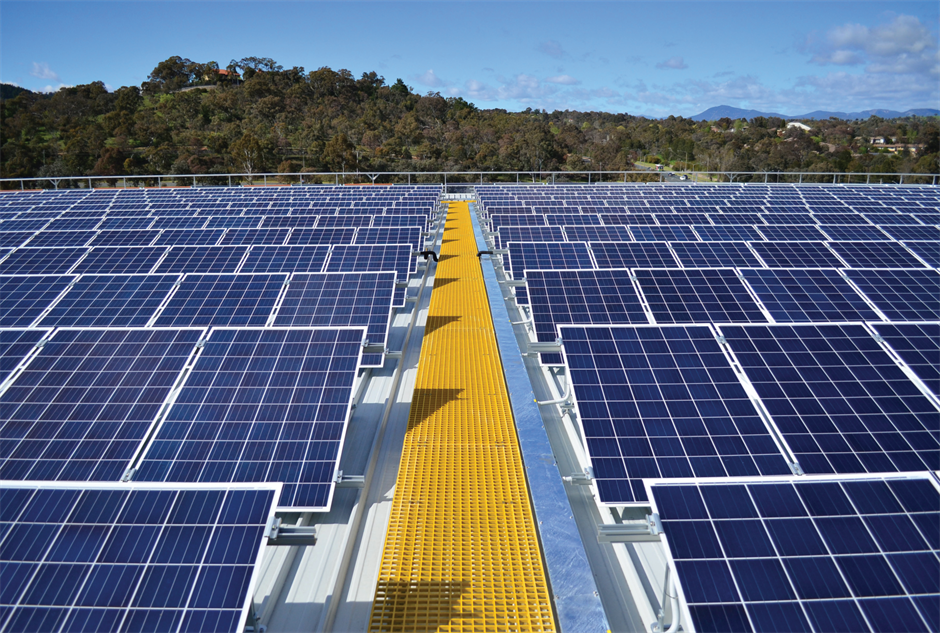
Solar PV modules generate clean energy that power the operations of Australia's Canberra Hospital and significantly reduce energy costs (Image credits: Canberra Hospital).
Taking Flight with Solar: Solar PV Panels in Airports
Airports, with 24/7 operations and large rooftop spaces, are ideal candidates for solar energy. By installing solar panels, airports can reduce their operational costs and emissions while enhancing their sustainability credentials.
Brisbane Airport, the third-largest in Australia, is an example of solar success. Its 5.73 MW installation—the largest airport solar array in Australia at the time—reduced carbon dioxide emissions by 7,500 tons annually, the equivalent of removing 1,500 cars from the road each year. Solar energy provided cost savings while strengthening the airport's environmental reputation.
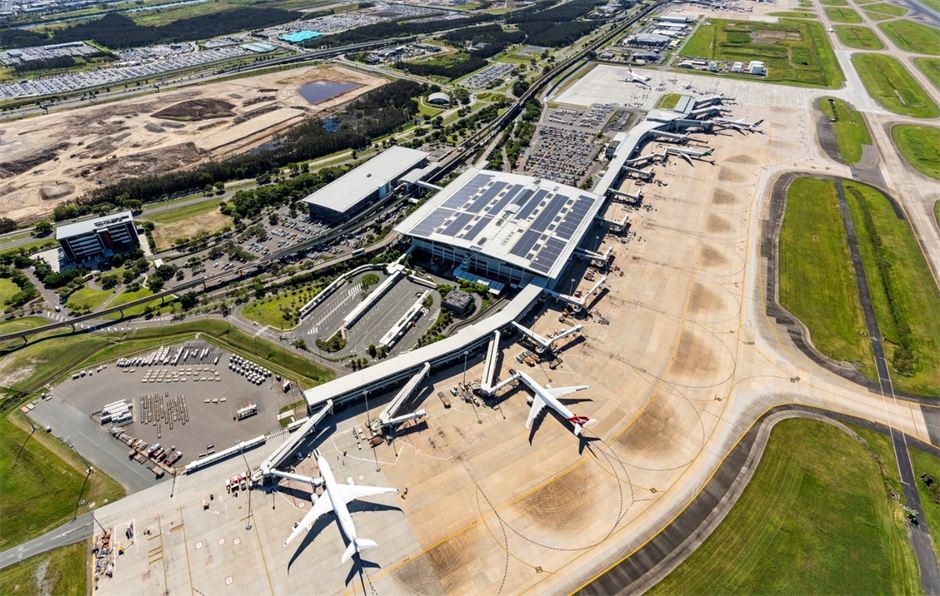
Australia's Canberra Airport reduced their dependency on the grid and boosted their environmental reputation through the installation of solar modules.
Solar-Powered Growth: Transforming the Agricultural Industry with Solar PV Panels
The role of energy in agriculture is pervasive, touching every stage of the agri-food chain, from cultivation to fisheries. For instance, farmers with large farmlands often require warehouses or cold storage facilities for their produce, while solar pumping systems are needed for crop irrigation. Such needs account for 30% of global energy demand. Given the centrality of energy to agriculture, a consistent and cost-effective energy supply isn't just an operational boon—it's a transformative advantage.
Understanding the practical implications of this, farmers around the world are turning to solar solutions to power their agricultural operations, starting from the production stage where up to a quarter of the total energy consumed throughout the agri-food chain. In Japan's Kyoto Prefecture, the Fukuchiyama project supports the cultivation of Japanese yam while generating solar energy with Trinasolar's Vertex N 720W modules. Across the ocean, the Kohirā solar farm in Kaitāia, New Zealand, enables sheep grazing and crop growth by ensuring ample space between the rows of Vertex 550W modules and a 2-meter mounting height of the TrinaTracker Vanguard 2P trackers. Such innovative designs simultaneously improve land use efficiency, generate clean energy, and boost crop efficiency.
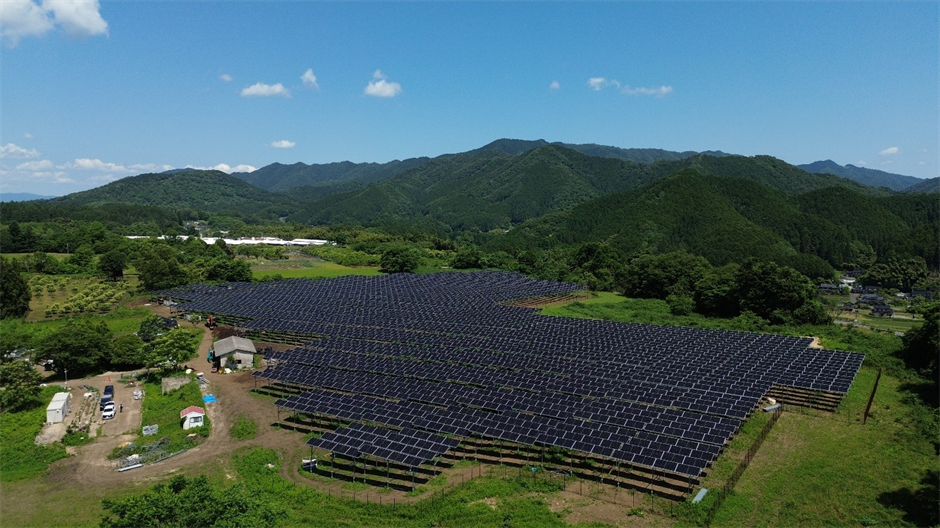
The Fukuchiyama project in Kyoto, Japan demonstrates the potential of agrivoltaics – the harmony of renewable energy production with agricultural activities.
Power Up Your Business's Future with Trinasolar
Energy-intensive industries are facing rising operational costs and increasing pressure to meet environmental standards. Partnering with a leading solar module manufacturer like Trinasolar ensures your business benefits from cutting-edge solar solutions tailored to your needs. From reducing carbon footprint to lowering energy bills, we help you make the transition to sustainable energy seamlessly. Explore our solutions today to power a greener, more cost-effective future.
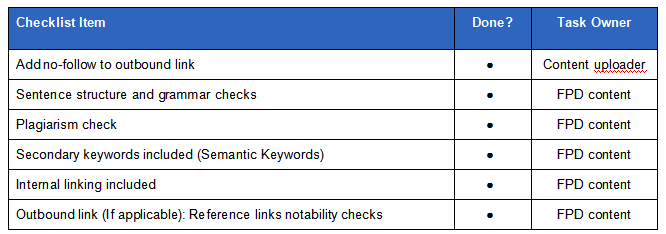
Relevant Topics
Smart Energy Solutions
delivered straight to your inbox

More Events

